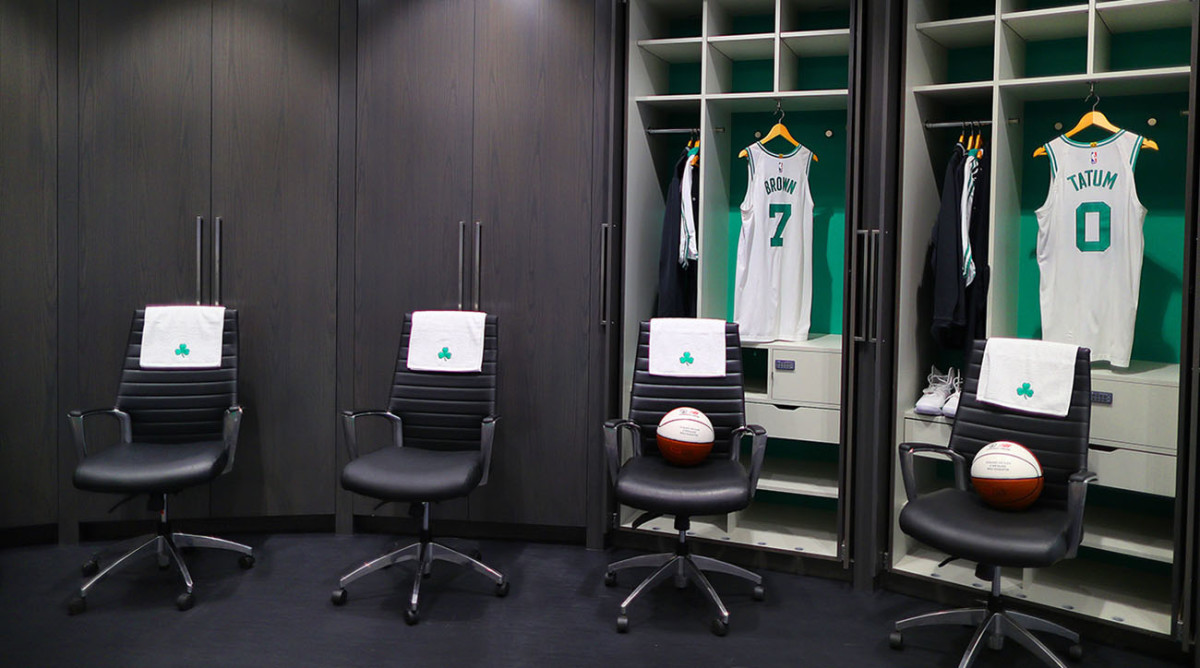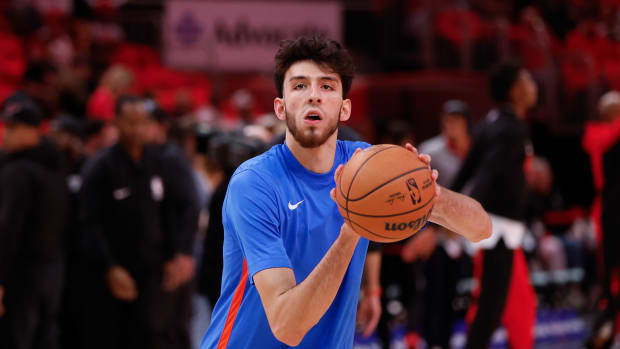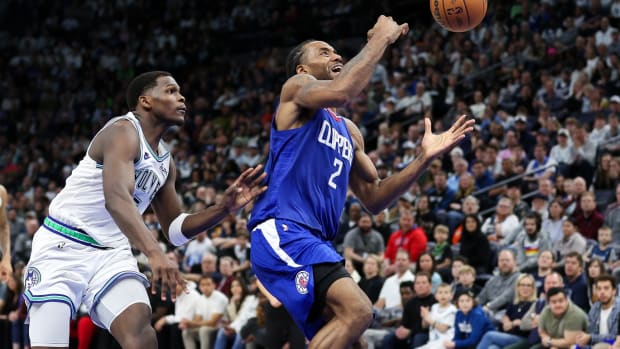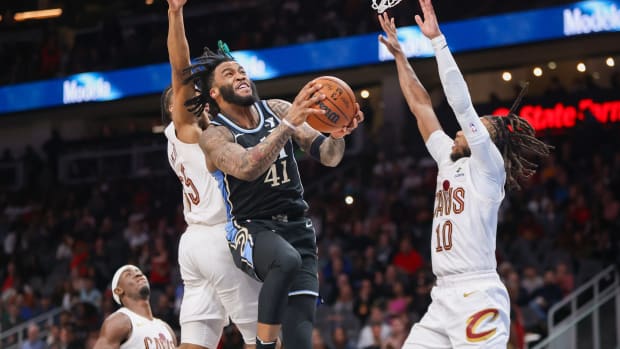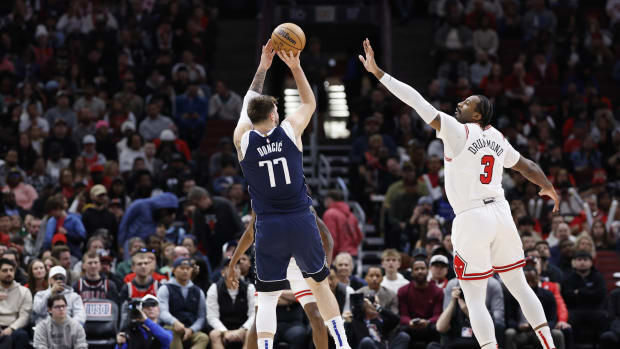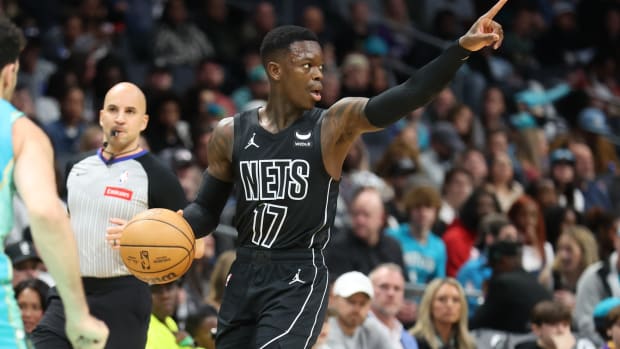How Do NBA Franchises Spend Their Revenue? Team Executives Reveal Financial Info
As in most pro sports, NBA teams make their money from a combination of ticket sales, suite sales, naming rights and local TV and radio deals, as well as leaguewide media, merchandising and sponsorship revenues. But how do these franchises spend their revenue?
On the condition of anonymity, executives from several NBA teams shared financial information with SI. What emerges is a Tale of Two Entities: large market teams and small market teams. Suffice to say, the balance sheets for the Lakers, Knicks, Bulls and Warriors look nothing like those of the Pacers, Grizzlies, Jazz and Magic.
And just as teams are constructed differently on the court, business models vary greatly among franchises. Some are willing to pay the luxury tax; others resist it. Some own their arenas; others lease—and those terms are hardly uniform. Some teams own a plane; especially budget-conscious franchises pay into the leaguewide charter program with Delta. For that matter, some teams make a year-over-year profit; others—nine, according to a 2017 ESPN report—operate at a loss even after revenue sharing payments. Extrapolating from the data provided to SI and from public filings, consider the following expense breakdowns.
BUSINESS OPERATING EXPENSES
This past summer, the NBA raised the debt limit to $325 million per team. Still, some franchises carry no debt.
TEAM NON-STAFF COSTS
Teams estimate spending between $3.3 million and $3.5 million for charter aviation during the season, excluding catering and subject to fuel price fluctuations.
TEAM STAFF COSTS
Teams may or may not put G League costs ($3 million–$5 million) in this line item.
PLAYER SALARIES
Note that there is a salary floor as well as a salary cap. The current payroll minimum is $91.682 million. Teams spending less must distribute the difference pro rata among the players on the roster on the last day of the season.
PLAYER SALARIES
The NBA set the salary cap at $101.869 million for the 2018--19 season, up from $99.903 in 2017--18.
BUSINESS OPERATING EXPENSES
This includes executive salaries, rent, insurance and debt. Note: This varies by market, in part because of the cost of living. Salaries for employees in New York will be higher than those in Milwaukee.
TEAM NON-STAFF COSTS
This includes insurance, practice facility, hotels on the road, aviation, food and beverages. In 2017–18, NBA players received $129 per day on the road, highest among the four major team sports.
REVENUE SHARING
Local media deals vary wildly. The 20-year contract between the Lakers and Time Warner Cable (now Charter) that included the launch of two new regional sports networks—one English and one Spanish-language—averages $200 million a year. Other teams take in less than $40 million in local television.
Any franchise with a designated market area of 2.5 million TV households or more cannot receive revenue sharing.
LUXURY TAX
For the 2018–19 NBA season, the luxury tax threshold is a payroll of $123.733 million. (The tax is incremental, with the rate going up for each $5 million over the threshold.)
TEAM STAFF COSTS
This includes salaries of coaches, basketball operations staff, medical staff.






























